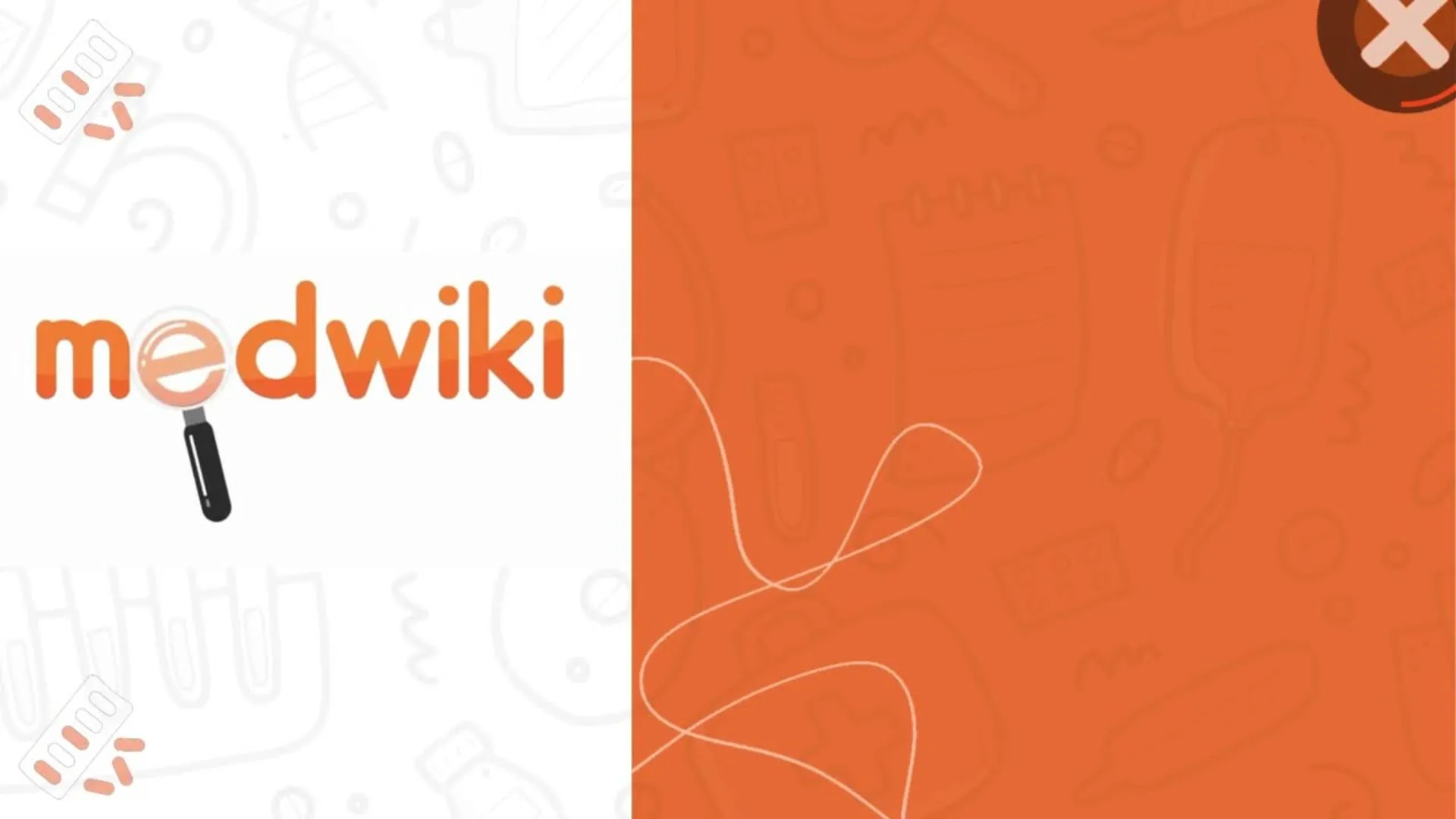Cysteamine
Cystinosis
Drug Status

Government Approvals
US(FDA)

WHO Essential Medicine
NO

Known Teratogen
No

Pharmaceutical Class
Cystine Depleting Agent

Controlled Drug Substance
No

Cysteamine
Summary
Cysteamine is used to manage nephropathic cystinosis. This is a rare inherited condition that leads to a buildup of a substance called cystine in the kidneys, causing damage.
Cysteamine works by converting cystine into two other substances, cysteine and a cysteine-cysteamine mixed disulfide. These can then leave the lysosome, which is a part of the cell. This reduces the levels of cystine in the cells and helps prevent damage to the organs.
For children up to age 12, the usual daily dose of Cysteamine is 1.30 grams per day, divided into four doses. For patients over age 12 and over 110 pounds, the dose is 2.0 grams per day, also divided into four doses. The dose should be gradually increased over four to six weeks to avoid intolerance.
Common side effects of Cysteamine include vomiting, decreased appetite, fever, diarrhea, and lethargy. More serious adverse effects can include skin rash, symptoms affecting the central nervous system like seizures, and gastrointestinal ulcers.
Cysteamine should not be used by patients with hypersensitivity to it or penicillamine. Important warnings include the risk of skin rash, central nervous system symptoms like seizures, and gastrointestinal issues such as ulcers. Patients should be monitored for these effects.
Indications and Purpose
How does Cysteamine work?
Cysteamine acts by participating in a thiol-disulfide interchange reaction within lysosomes, converting cystine into cysteine and cysteine-cysteamine mixed disulfide. These products can exit the lysosome, reducing cystine accumulation in cells and preventing damage to organs.
Is Cysteamine effective?
Cysteamine has been shown to effectively manage nephropathic cystinosis by reducing cystine levels in cells. Clinical studies have demonstrated that it helps maintain kidney function and supports growth in children with this condition. The National Collaborative Cysteamine Study and other long-term studies have provided evidence of its effectiveness.
What is Cysteamine?
Cysteamine is used to manage nephropathic cystinosis, a rare inherited condition that causes cystine buildup in the kidneys. It works by converting cystine into cysteine and cysteine-cysteamine mixed disulfide, which can exit the lysosome, reducing cystine levels in cells and preventing organ damage.
Directions for Use
For how long do I take Cysteamine?
Cysteamine is typically used long-term for managing nephropathic cystinosis. The duration of use depends on the patient's condition and response to treatment, and it should be continued as prescribed by a healthcare provider.
How do I take Cysteamine?
Cysteamine should be taken exactly as prescribed by your doctor. It can be taken with or without food, but if gastrointestinal side effects occur, taking it with food may help. There are no specific food restrictions, but always follow your doctor's advice regarding diet and medication.
How long does it take for Cysteamine to start working?
Cysteamine begins to lower leukocyte cystine levels within approximately 1 hour after administration. However, the full therapeutic effect may take several weeks as the dose is gradually increased to the maintenance level.
How should I store Cysteamine?
Cysteamine should be stored at room temperature, between 68° to 77°F (20° to 25°C). It should be kept in a dry place, away from light and moisture, and in a tightly closed, light-resistant container. Always keep it out of reach of children.
What is the usual dose of Cysteamine?
The usual daily dose of cysteamine for children up to age 12 is 1.30 grams/m²/day, divided into four doses. For patients over age 12 and over 110 pounds, the dose is 2.0 grams/day, also divided into four doses. The dose should be gradually increased over four to six weeks to avoid intolerance.
Warnings and Precautions
Can Cysteamine be taken safely while breastfeeding?
It is not known whether cysteamine is excreted in human milk. Due to potential developmental toxicity, a decision should be made to either discontinue nursing or the medication, considering the importance of the drug to the mother. Consult your doctor for personalized advice.
Can Cysteamine be taken safely while pregnant?
Cysteamine should be used during pregnancy only if the potential benefit justifies the potential risk to the fetus. Animal studies have shown teratogenic effects, but there are no adequate human studies. Pregnant women should consult their doctor to weigh the benefits and risks before using cysteamine.
Who should avoid taking Cysteamine?
Cysteamine is contraindicated in patients with hypersensitivity to it or penicillamine. Important warnings include the risk of skin rash, CNS symptoms like seizures, and gastrointestinal issues such as ulcers. Patients should be monitored for these effects, and the medication should be adjusted or discontinued if severe symptoms occur.






.svg)
